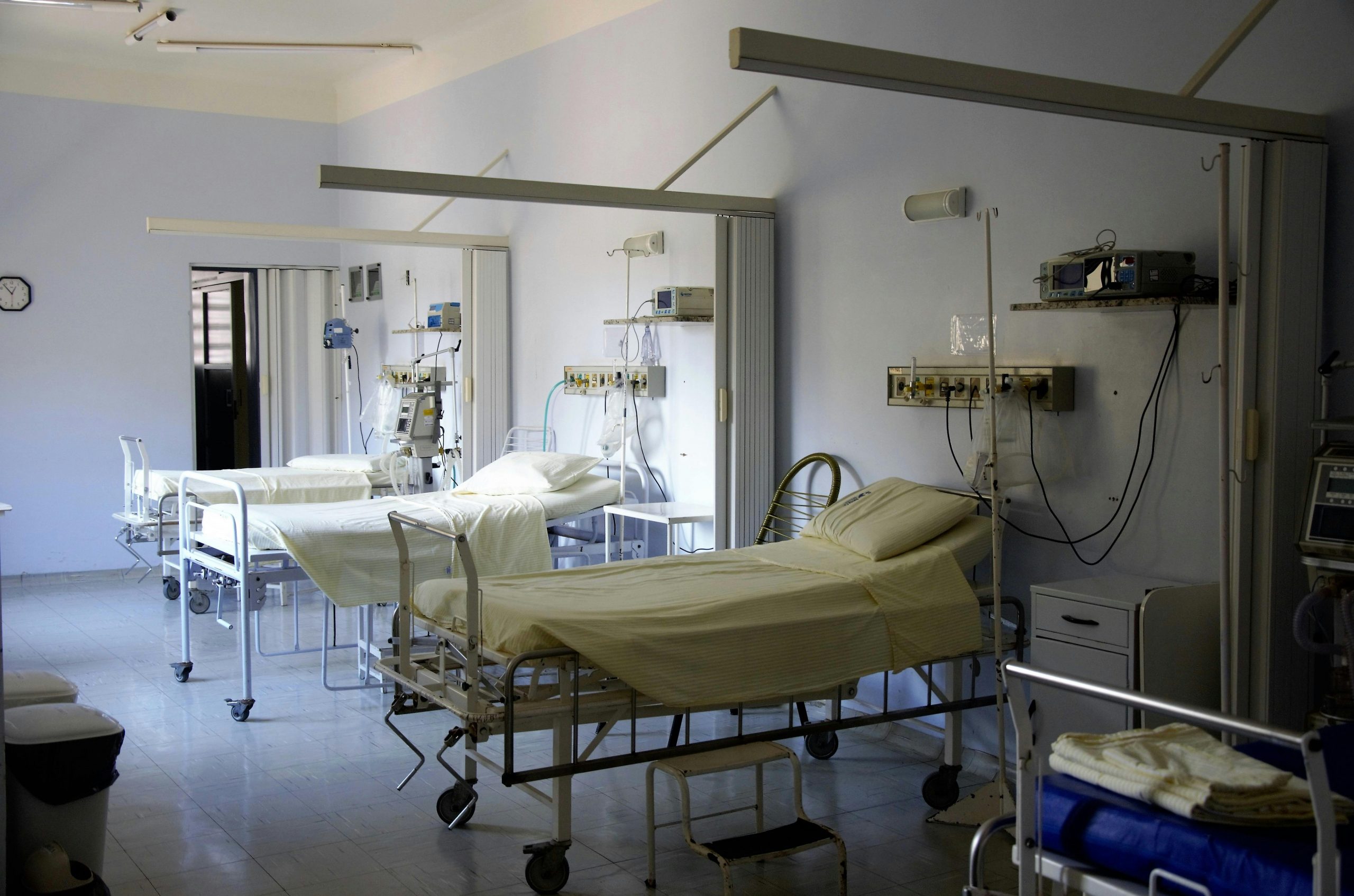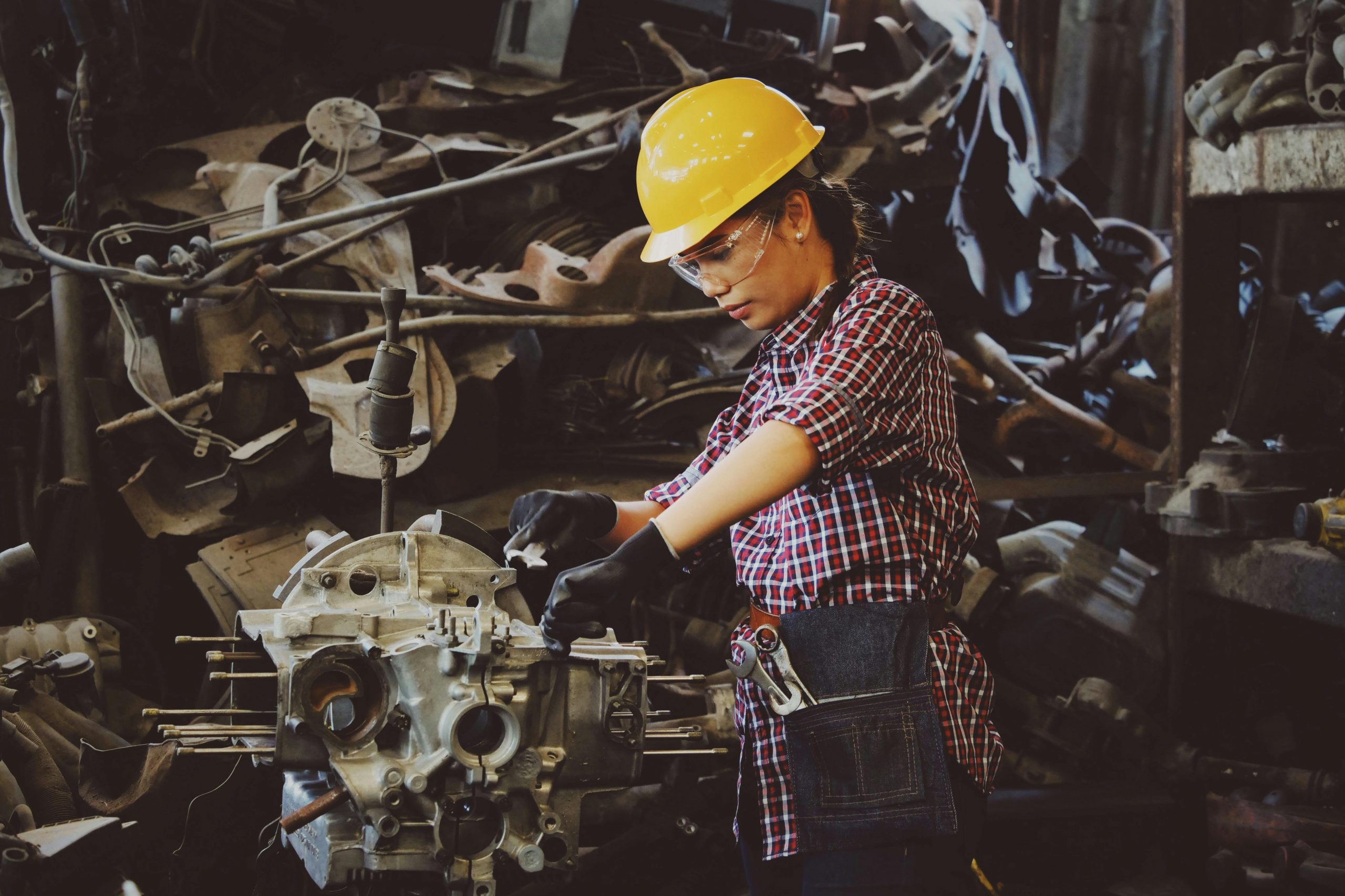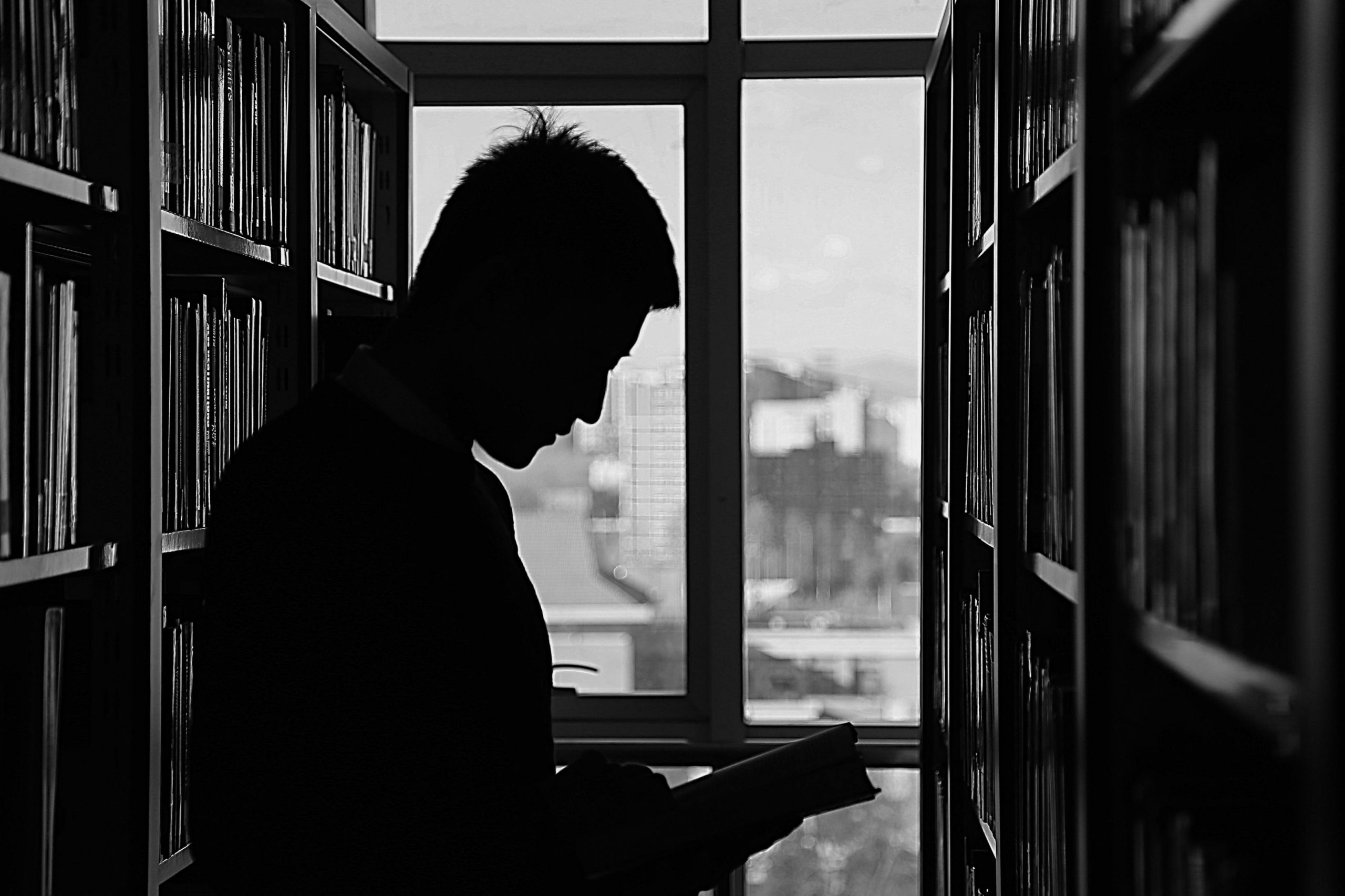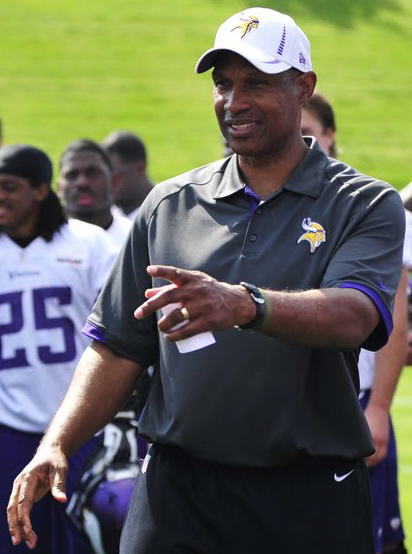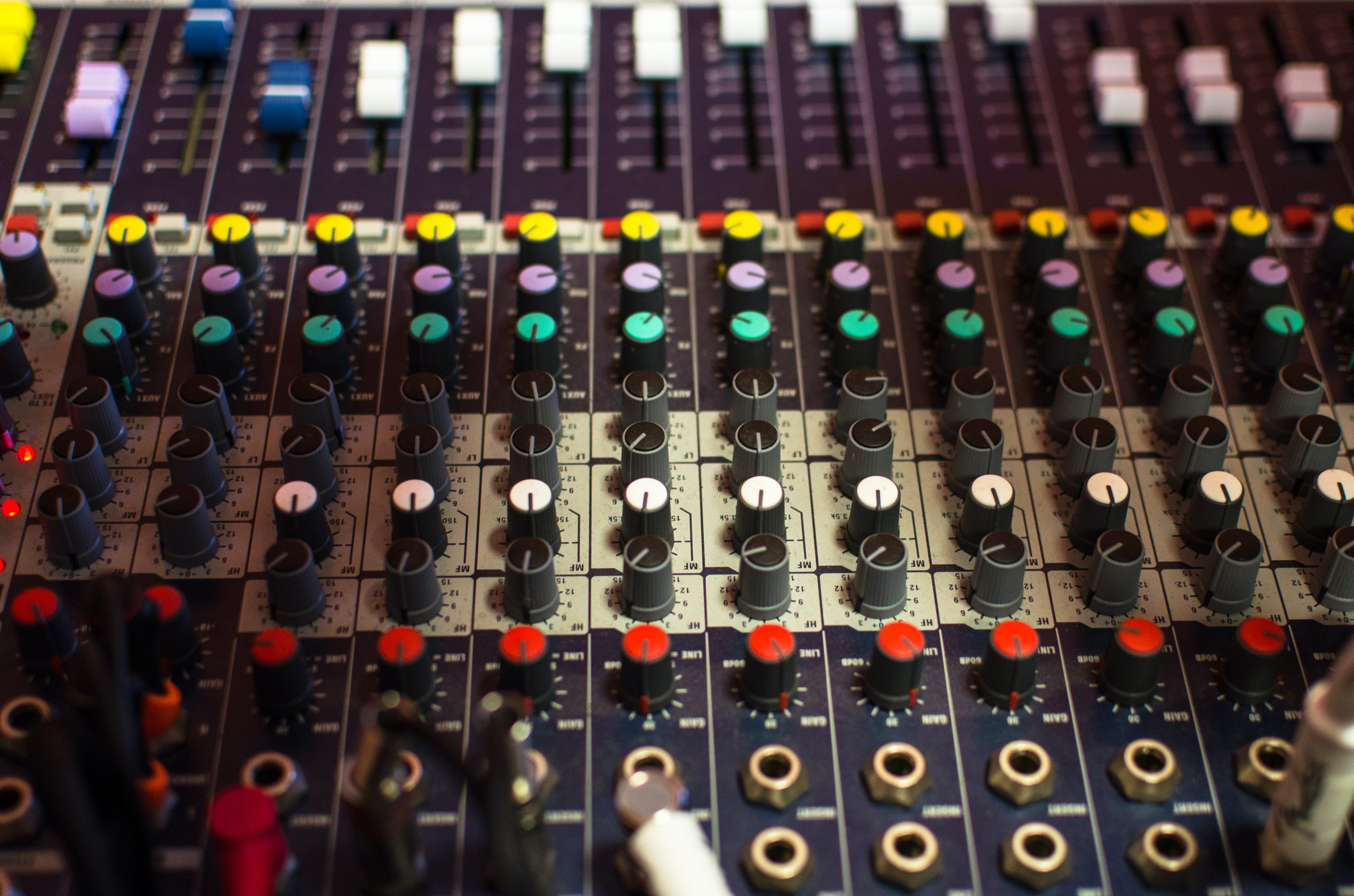
A group of people building a sidewalk with wet concrete. Image by Rodolfo Quirós under Pexels license.
A new study by Netta Kahana highlighted the shifting public opinions about combining travel with volunteering activities–practices, known widely as volunteer tourism or sometimes “voluntourism”. This practice typically emphasizes community work in developing countries and in recent years has come under scrutiny for being self-serving, exploitative, ineffective, and even harmful. Such concerns result from the fact volunteers can be unskilled and that the infrastructure these volunteers build is typically not self-sustainable without ongoing supplies or labor. Despite these critiques, volunteer tourism remains popular for ambitious and affluent young people and Kahana wanted to understand why.
The study gauged 48 volunteer tourists from Israel and their self-perception, self-worth, and motivations. The interviewees were all in their twenties, from middle-class backgrounds, and had volunteered in either Nepal or India. Many of the study participants acknowledged recent public criticisms of voluntourism. However, they also saw volunteerism aligned with travel as a morally worthy action, serving the common good.
Kahana’s analysis documented three main justifications for these sentiments. The first involved the selection of a “proper” or reputable organization. As one volunteer explained:
- “You need to carefully check what their mission statements are because when you are in a hostel and they offer you to volunteer in an orphanage, it is for money. It totally hurts the children, so inquire, inquire, inquire, inquire, and investigate. You do not volunteer without talking with an alumnus. Like I did.”
The second justification had to do with providing locals with beneficial tools. Another volunteer put it like this:
- “The issue was about making them [the locals] understand they have more options to make money through tourism, and they can rebuild themselves financially. Because it’s very difficult there. It’s crazy poverty.”
The third justification volunteers offered was about being socially proactive:
- “I don’t say it [volunteering] is the best but if you come with good intentions and you want to help [then] come and do your best…. If you will do good, then it is great. If I look on the positive vs. the negative, then it is more positive. Hence, I volunteered. It is not a zero-sum game or 50-50, it is more 80-20.”
In other words, volunteers believe their good works contribute to net-positive outcomes.
These interviews reveal the positive self-evaluations of volunteer tourists’ characters and are used to dispel any perceived judgements from society that might be raised about their participation. Kahana hopes her article will inform guidelines to ensure that the good intentions of volunteers will materialize as this sector of tourism continues to develop and grow.

